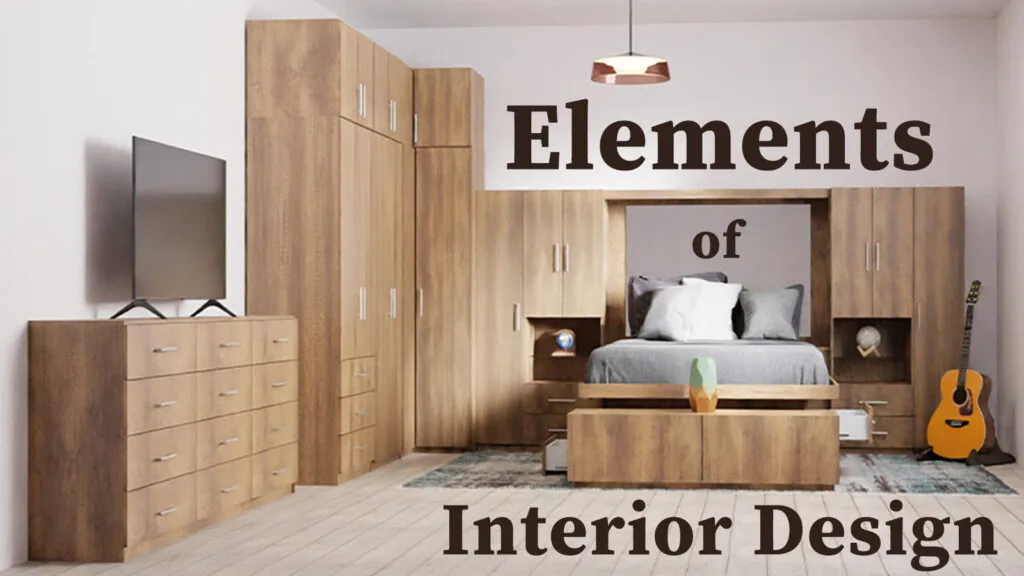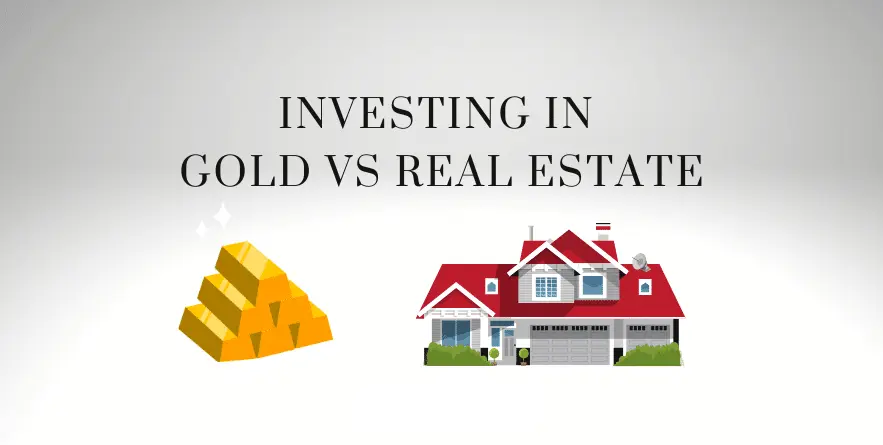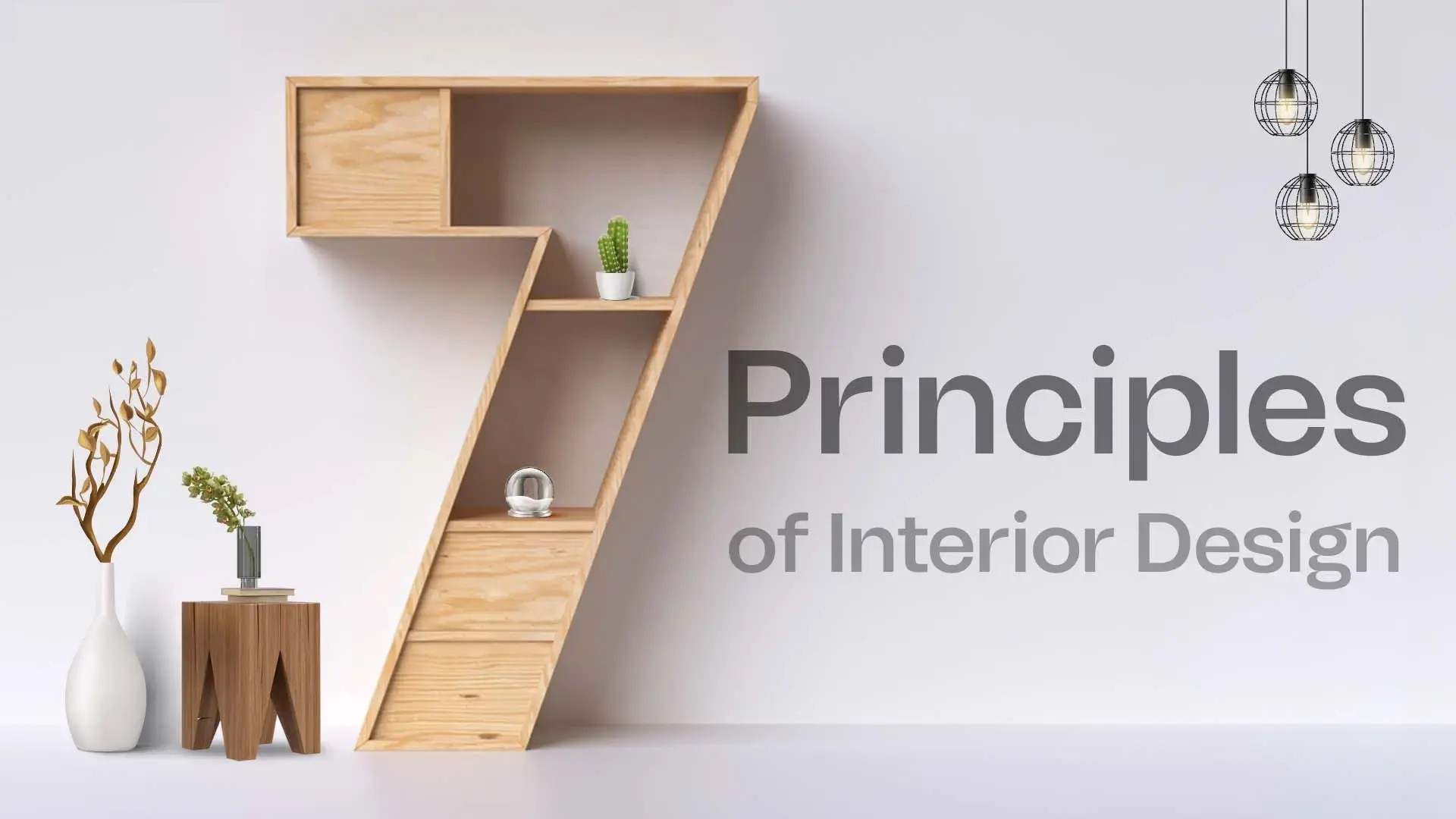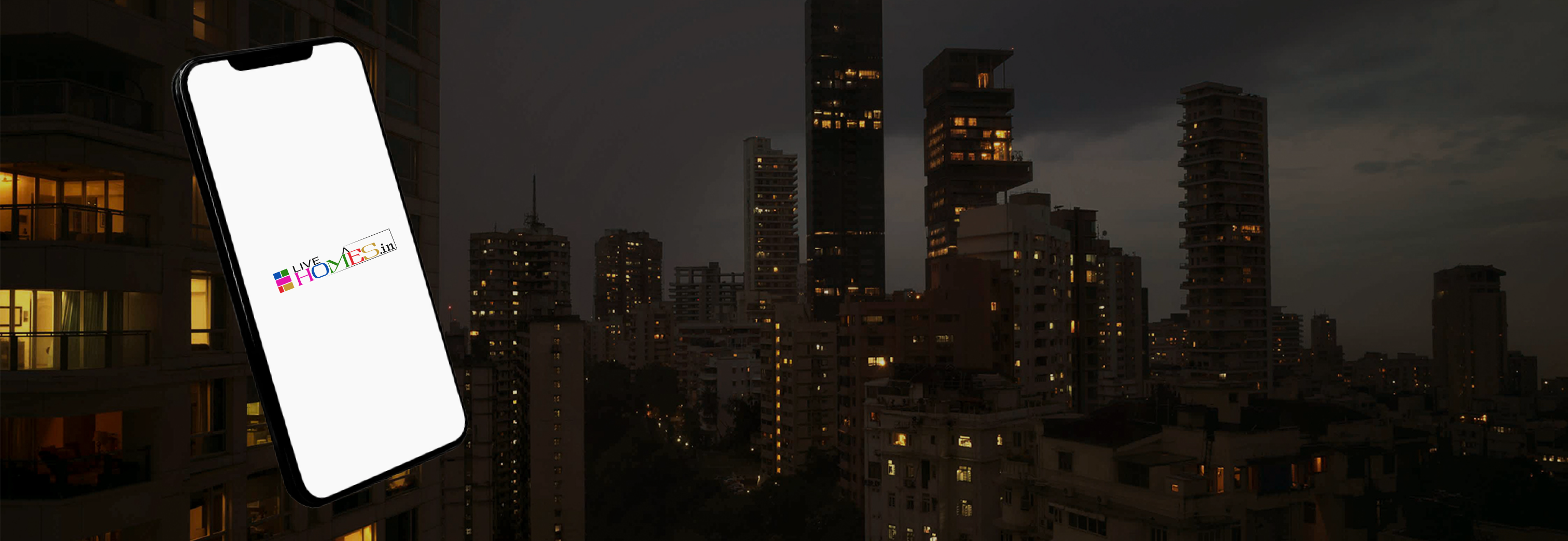Interior design is both an art and a science that focuses on enhancing the interior spaces of buildings to achieve a more aesthetically pleasing and functional environment. The elements of interior design are the fundamental building blocks designers use to create balanced, beautiful, and effective spaces. Understanding these elements helps ensure that all parts of a room or building work together harmoniously.
1. Space
Definition:
Space is the foundation of all design—it refers to the physical boundaries of a room or area. It includes the length, width, and height that make up the area you have to work with.
Types of Space:
- Positive Space: The area that contains furniture, decor, or objects.
- Negative Space: The empty or open area around and between objects.
Importance:
- Designers must balance positive and negative space to avoid overcrowding or emptiness.
- Proper space planning ensures comfort, flow, and functionality.
Example:
An open-plan living room uses more negative space to create an airy and spacious feeling, while a cozy reading nook uses positive space more densely for warmth.
2. Line
Definition:
Lines define shapes and forms. They guide the eye and create a sense of direction, movement, or stability in a room.
Types of Lines:
- Horizontal Lines: Found in tables, beds, and shelves; create stability and calm.
- Vertical Lines: Found in doors, windows, and columns; evoke strength, height, and freedom.
- Dynamic Lines (Diagonal, Zigzag, Curved): Add energy, motion, and interest to a space.
Importance:
- Lines establish visual structure.
- They can make a room feel wider (horizontal) or taller (vertical).
Example:
Vertical stripes on wallpaper make a low ceiling appear higher.
3. Form (or Shape)
Definition:
Form refers to the shape and structure of objects within a space. It can be geometric (man-made) or natural (organic).
Types of Form:
- Geometric Forms: Squares, rectangles, and circles—often seen in modern or minimalist design.
- Organic Forms: Irregular or natural shapes—often used in traditional or rustic interiors.
Importance:
- Consistent forms create harmony.
- Contrasting forms add interest and balance.
Example:
A round coffee table (organic) softens a room full of square furniture (geometric).
4. Color
Definition:
Color is one of the most powerful elements of design—it affects mood, perception, and spatial harmony.
Components of Color:
- Hue: The name of the color (red, blue, green).
- Value: Lightness or darkness of a color.
- Intensity (Saturation): The brightness or dullness.
Color Schemes:
- Monochromatic: One color in different shades.
- Analogous: Colors next to each other on the color wheel.
- Complementary: Colors opposite each other on the color wheel.
Psychological Effects:
- Warm colors (red, orange, yellow): Energizing and inviting.
- Cool colors (blue, green, violet): Calm and soothing.
- Neutral colors (white, beige, gray): Balance and versatility.
Example:
Blue walls can make a bedroom feel calm and restful, while yellow in a kitchen can feel bright and cheerful.
Also Read: Top Color Combinations for the wall in 2025
5. Light
Definition:
Lighting enhances all other elements—color, form, texture, and space. Without proper lighting, even the best design can fail.
Types of Lighting:
- Natural Lighting: Sunlight entering through windows or skylights.
- Artificial Lighting: Lamps, chandeliers, recessed lights, etc.
Layers of Lighting:
-
Ambient Lighting: Overall illumination.
- Task Lighting: Focused lighting for specific activities (e.g., reading lamp).
- Accent Lighting: Highlights features or décor (e.g., spotlight on artwork).
Importance:
- Creates mood and atmosphere.
- Highlights textures and colors.
- Influences perception of space (bright light opens a room; dim light makes it cozy).
Example:
Warm lighting in a dining area creates a welcoming and intimate ambiance.
Also Read: Home Lighting and its Benefits In Your Home
6. Texture
Definition:
Texture refers to how a surface feels or appears to feel. It adds depth and visual interest.
Types of Texture:
- Actual Texture: The real feel (e.g., rough wood, smooth glass).
- Visual Texture: The illusion of texture seen (e.g., patterns that look like fabric).
Importance:
- Balances visual weight.
- Adds warmth, richness, and realism to interiors.
Example:
Combining soft cushions, a wool rug, and a leather sofa creates tactile contrast and comfort.
7. Pattern
Definition:
Pattern is the repetition of shapes, lines, or colors. It adds life and movement to a space.
Common Patterns:
- Stripes, checks, florals, geometric, abstract, etc.
Importance:
- Creates visual rhythm.
- Defines style (e.g., floral for traditional, geometric for modern).
- Should complement, not clash with, other elements like color and texture.
Example:
Geometric patterns on a rug can add modern flair to an otherwise plain living room.
8. Balance
Definition:
Balance gives a sense of stability and equilibrium in design. It’s about evenly distributing visual weight.
Types of Balance:
- Symmetrical (Formal): Mirror-image arrangement; classic and orderly.
- Asymmetrical (Informal): Different objects balanced by visual weight; dynamic and modern.
- Radial Balance: Elements arranged around a central point (e.g., round dining table).
Importance:
- Prevents a space from feeling chaotic or lopsided.
- Creates comfort and harmony.
Example:
Two lamps on either side of a sofa create symmetrical balance.
9. Rhythm
Definition:
Rhythm in interior design refers to creating visual flow that guides the eye through a space, much like rhythm in music.
Techniques:
- Repetition: Using similar colors, patterns, or materials.
- Progression: Gradual change (e.g., light to dark shades).
- Transition: Smooth flow (e.g., curved lines).
- Contrast: Using opposites to draw attention.
Example:
Repeating a specific color (like gold) in small accents throughout a room creates rhythm and unity.
10. Emphasis (or Focal Point)
Definition:
Every space should have a focal point—a main area or feature that draws attention.
Examples of Focal Points:
- Fireplace, artwork, feature wall, or a unique piece of furniture.
Importance:
- Adds purpose and structure.
- Prevents the room from looking scattered.
Example:
A large painting above a sofa can act as a strong focal point in a living room.
11. Harmony and Unity
Definition:
Harmony ensures all elements work together cohesively, while unity means the design feels complete and consistent.
Importance:
- Brings all other elements—color, texture, pattern, and lighting—into a single cohesive theme.
- Creates a sense of peace and order in the design.
Example:
Using a consistent color palette and materials throughout an open-plan space ensures harmony and flow.
Overview
Element Description Effects on Design
Space Physical Guide of the room Defines layout and movement
Line Directional guide of the eye Creates structure and mood
Form Shapes of objects Adds depth and style
Color Hue, value, and intensity Affetcs mood and perception
Light Natural or artificial illumination Highlights and enhances
Texture Surface Quality Adds depth and comfort
Pattern Repetition of design motifs Adds Interest and energy
Balance Visual stability Creates comfort
Rhythm Flow and movement Guides the eye
Emphasi Focal Point Creates visual interest
Harmony Overall Unity Ensures coherenc
conclusion:
The elements of interior design work together like notes in music. When carefully composed—through the right use of space, color, light, texture, and other elements—they create interiors that are functional, comfortable, and beautiful. A good designer doesn’t use these elements randomly; instead, they blend them thoughtfully to reflect the client’s personality, purpose of the space, and overall aesthetic vision.
https://www.livehomes.in/blogs













